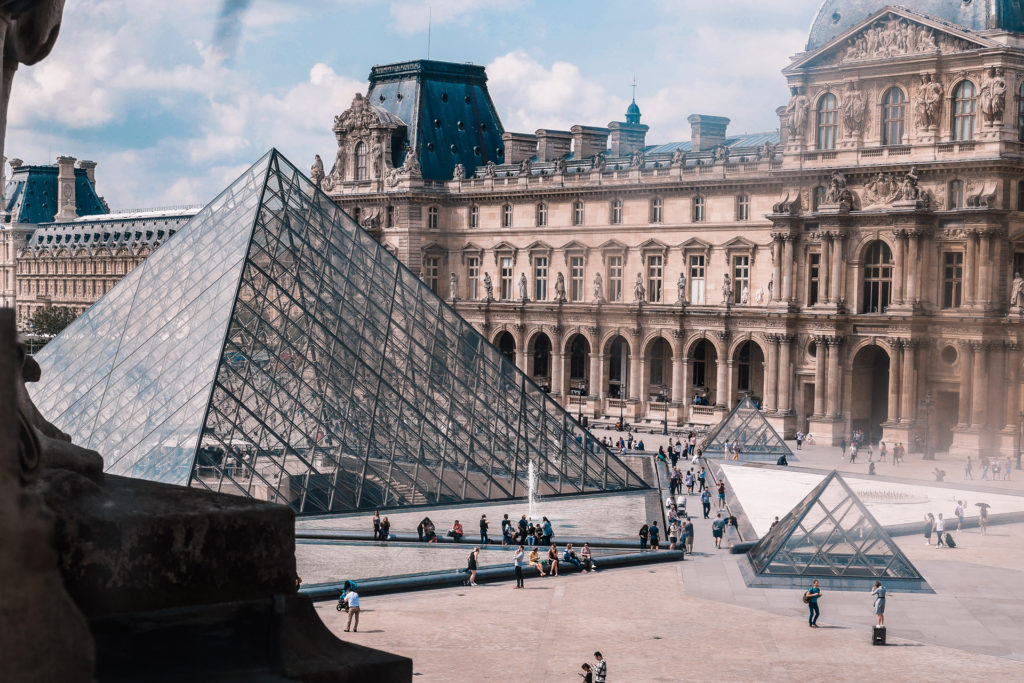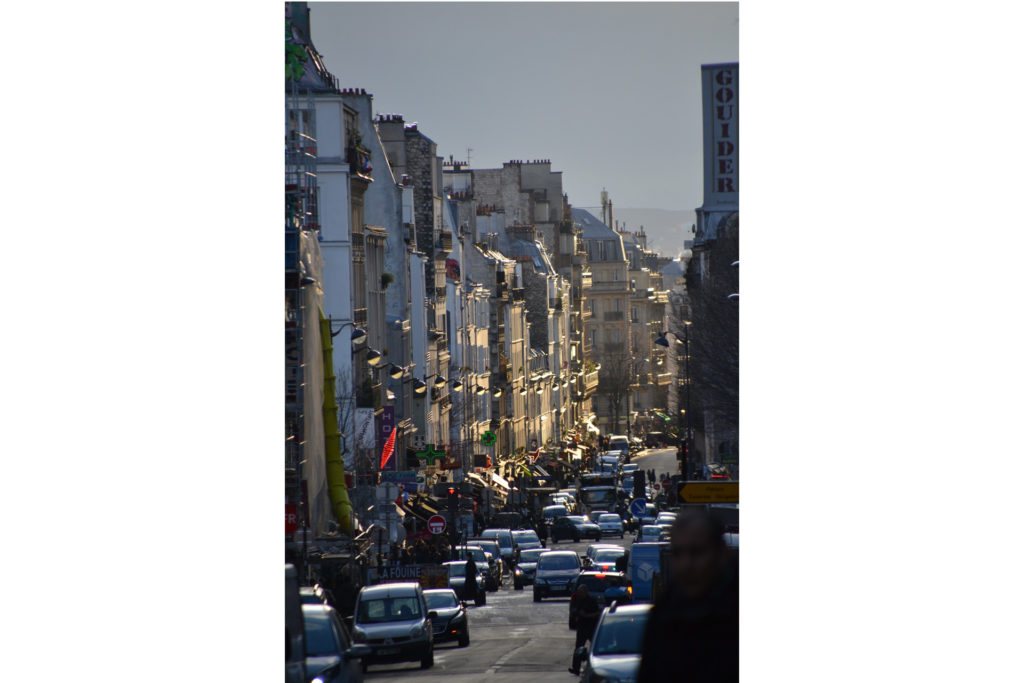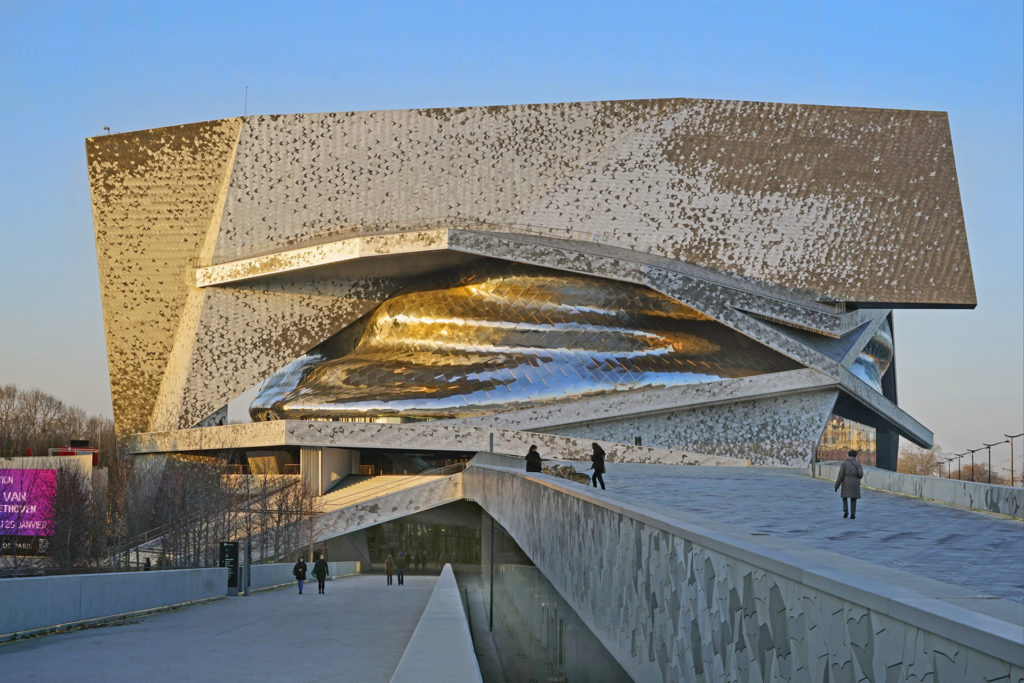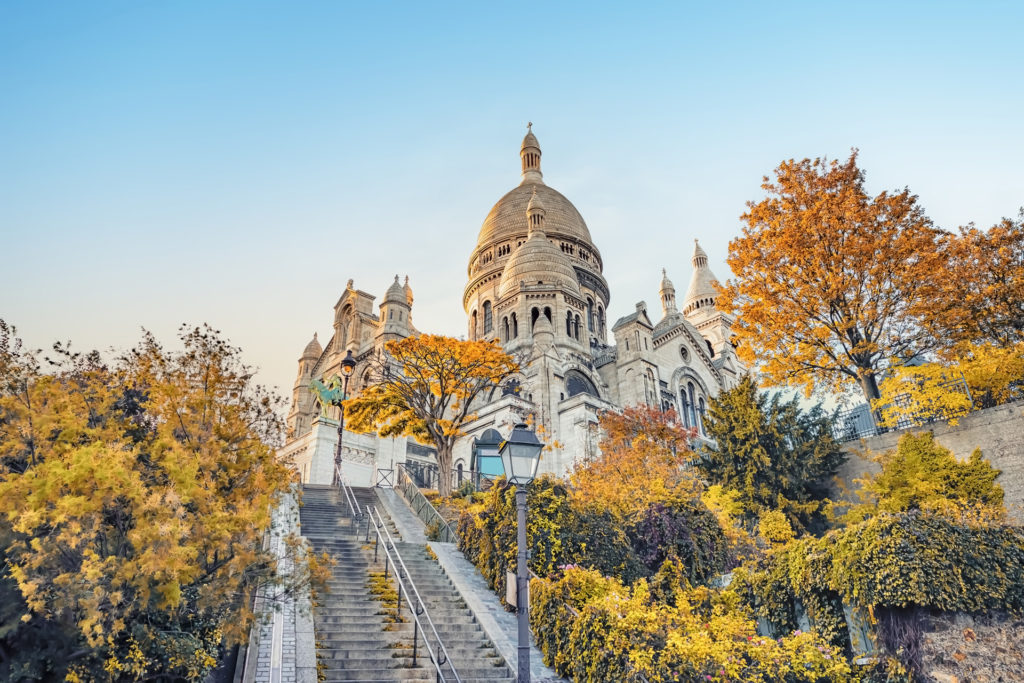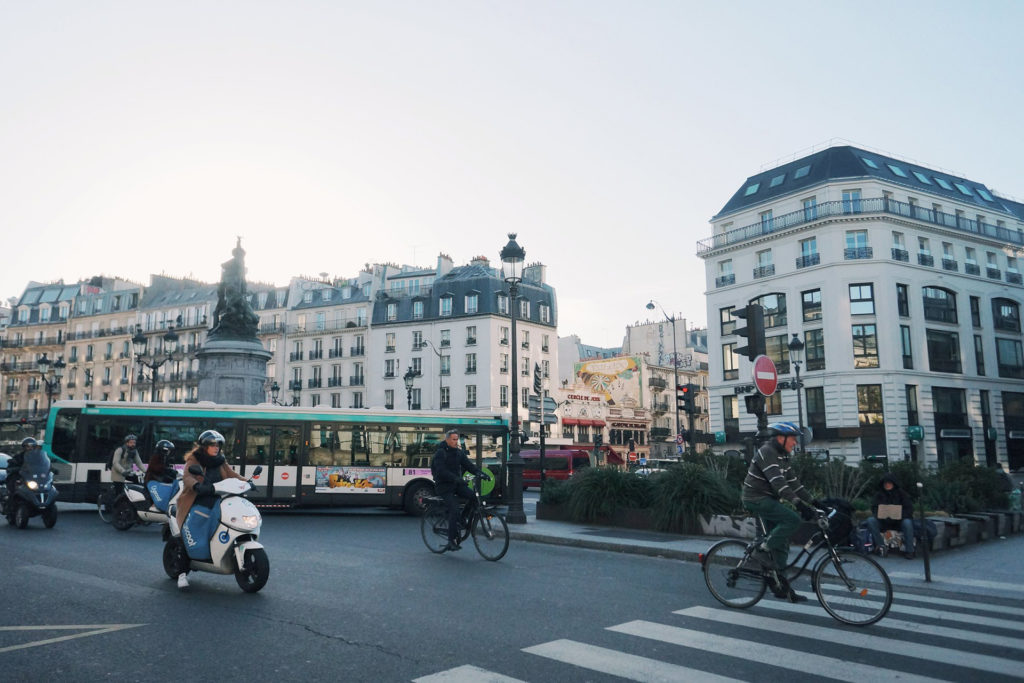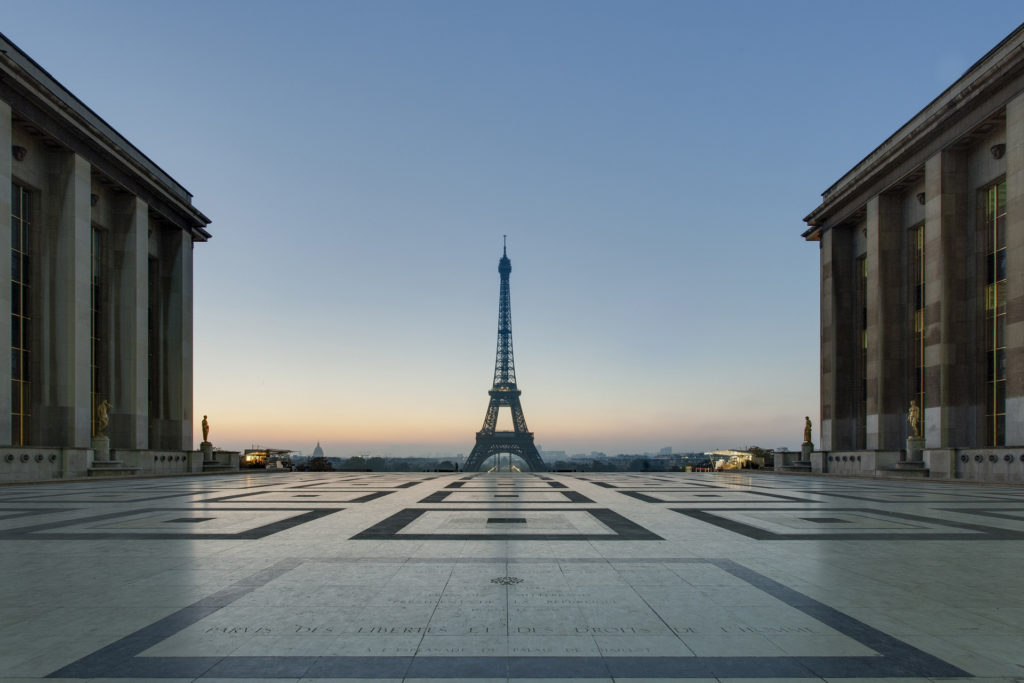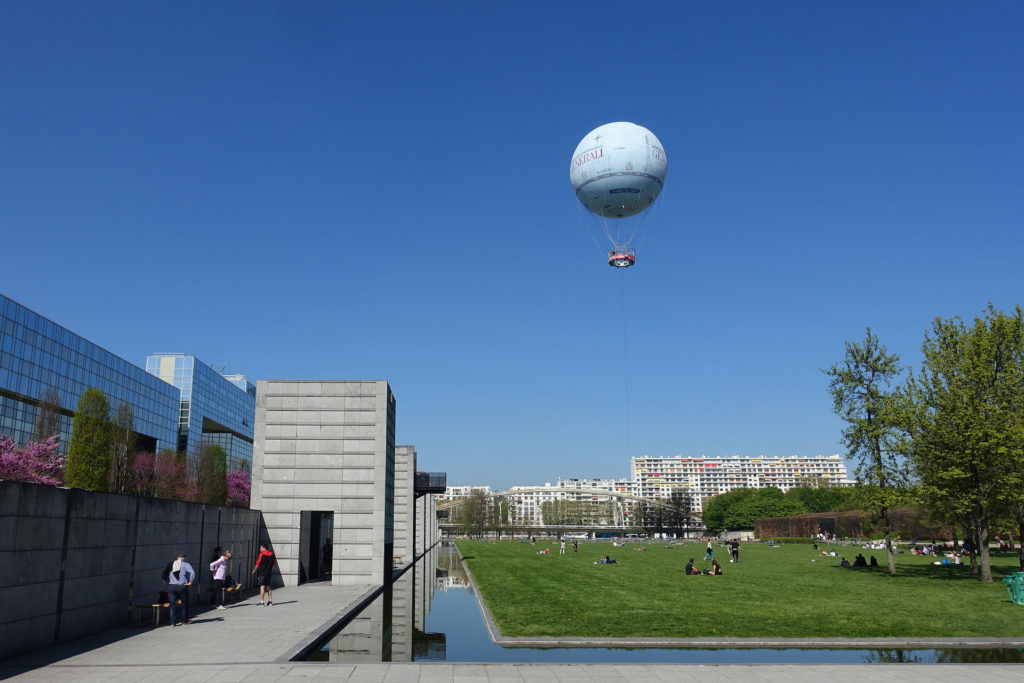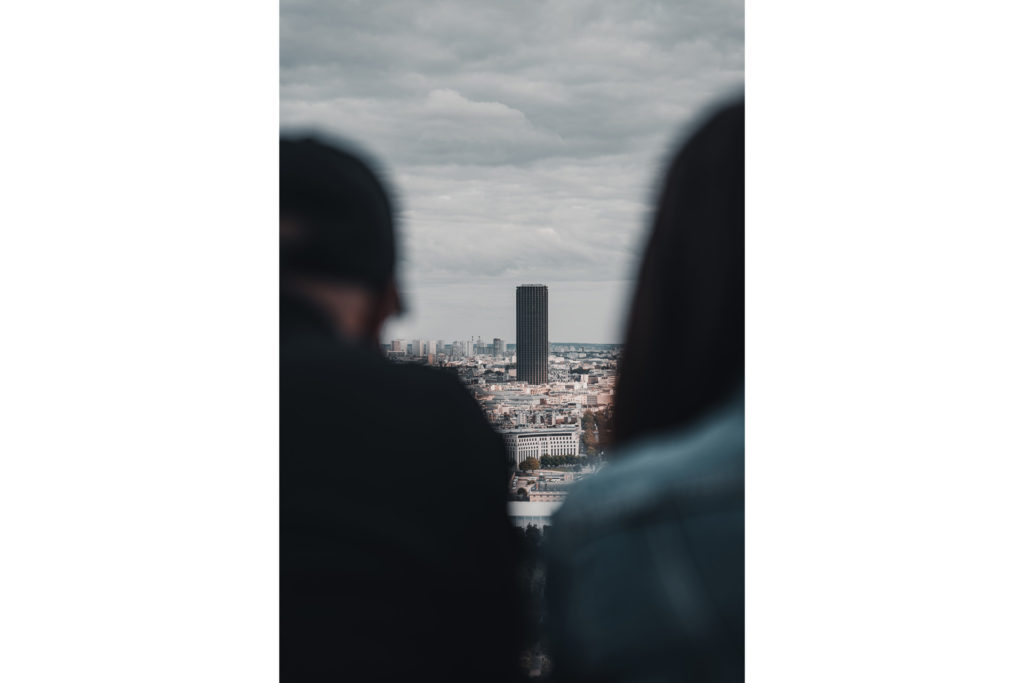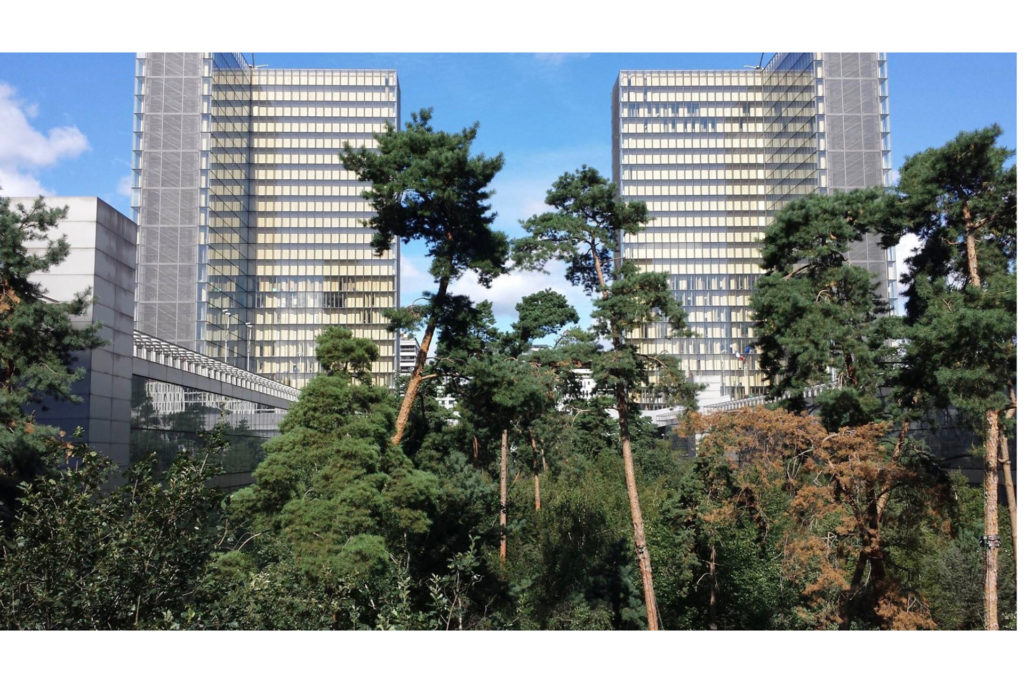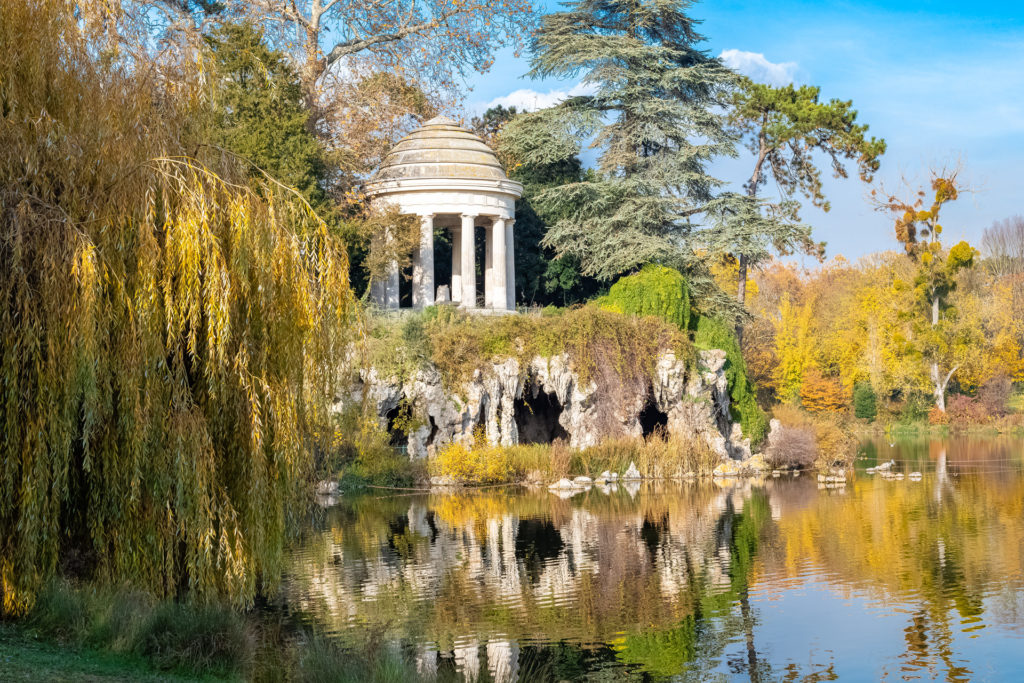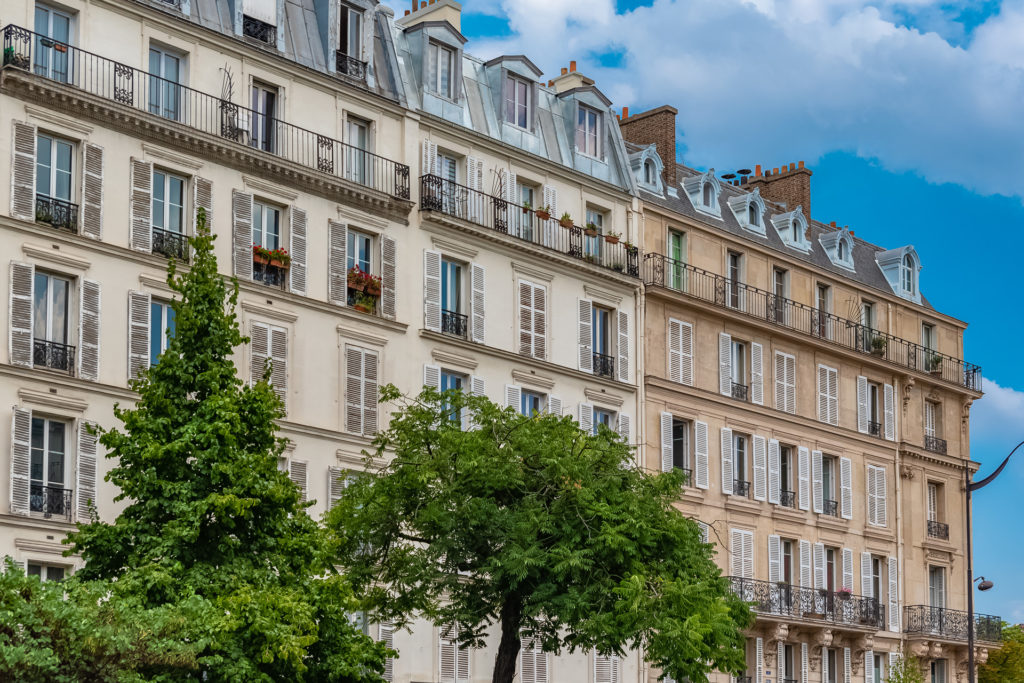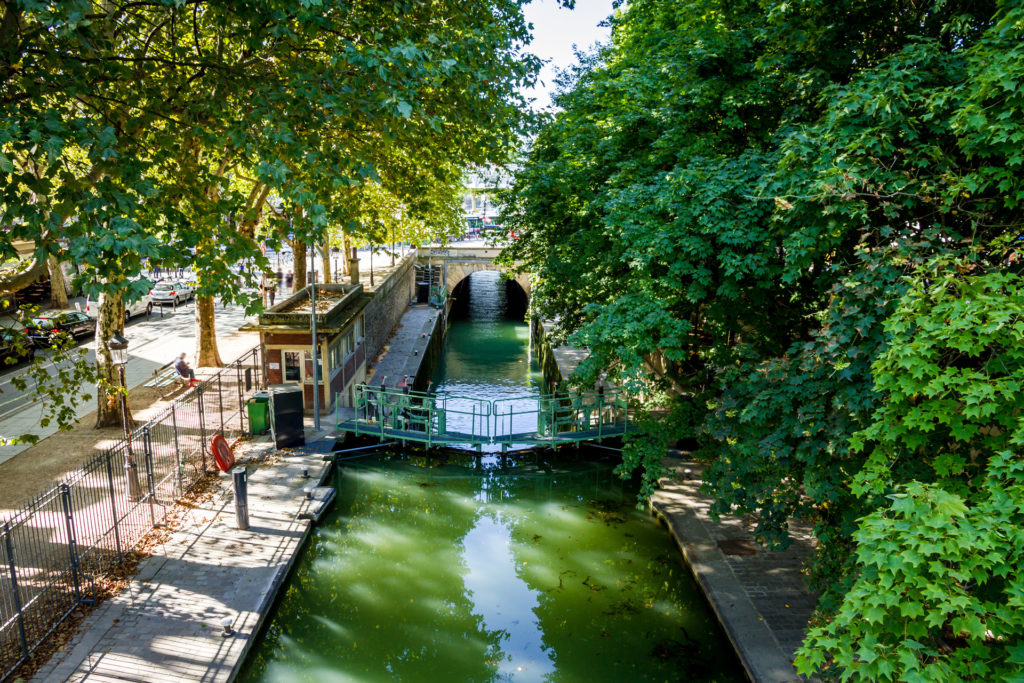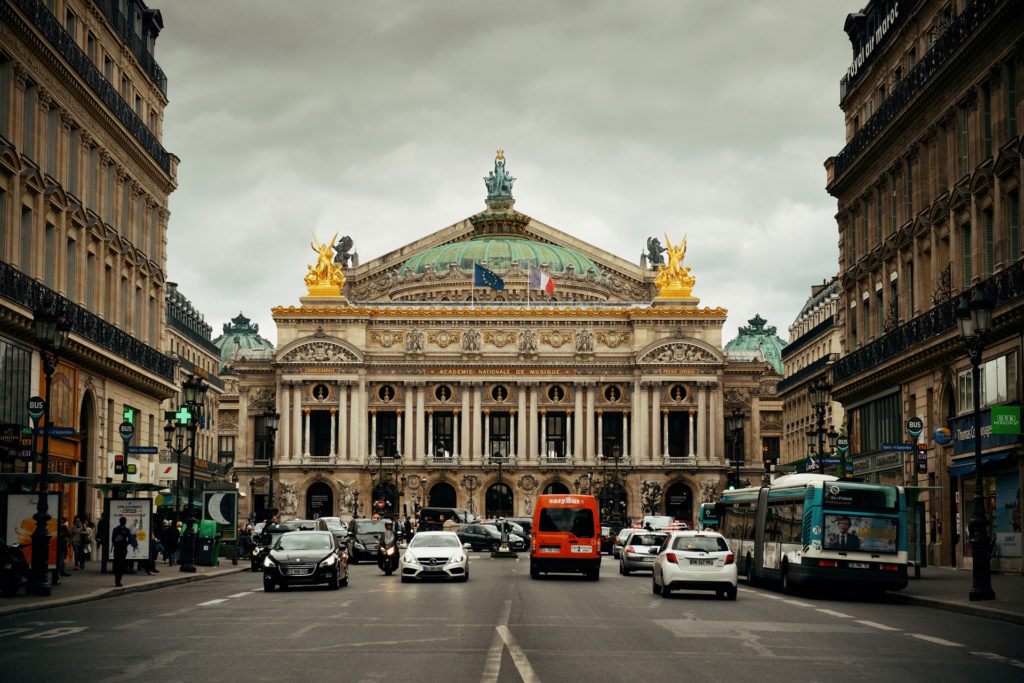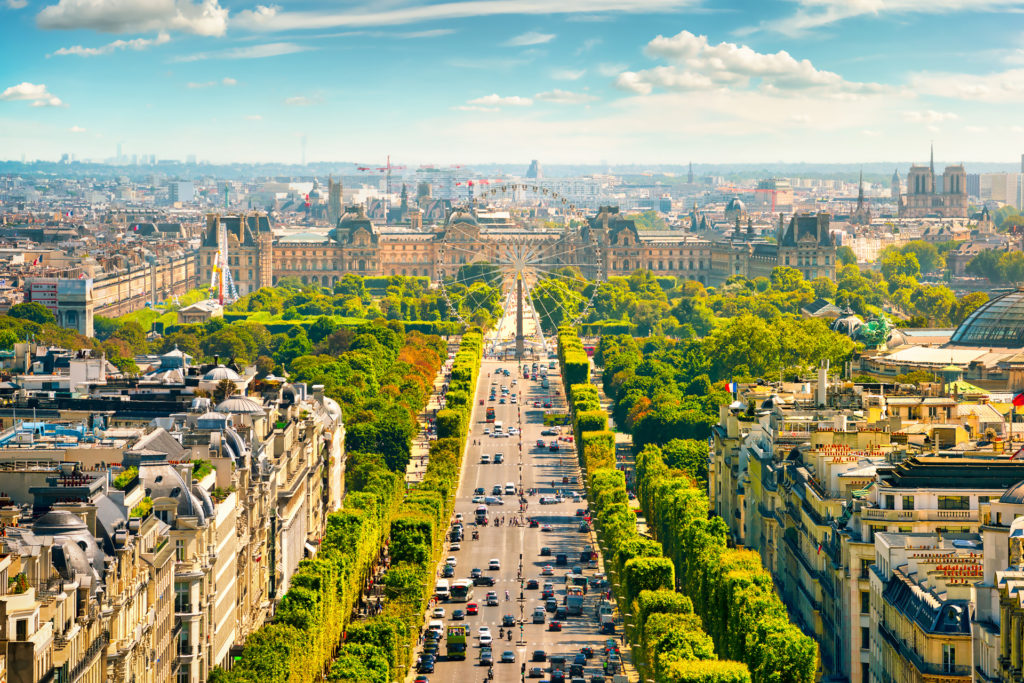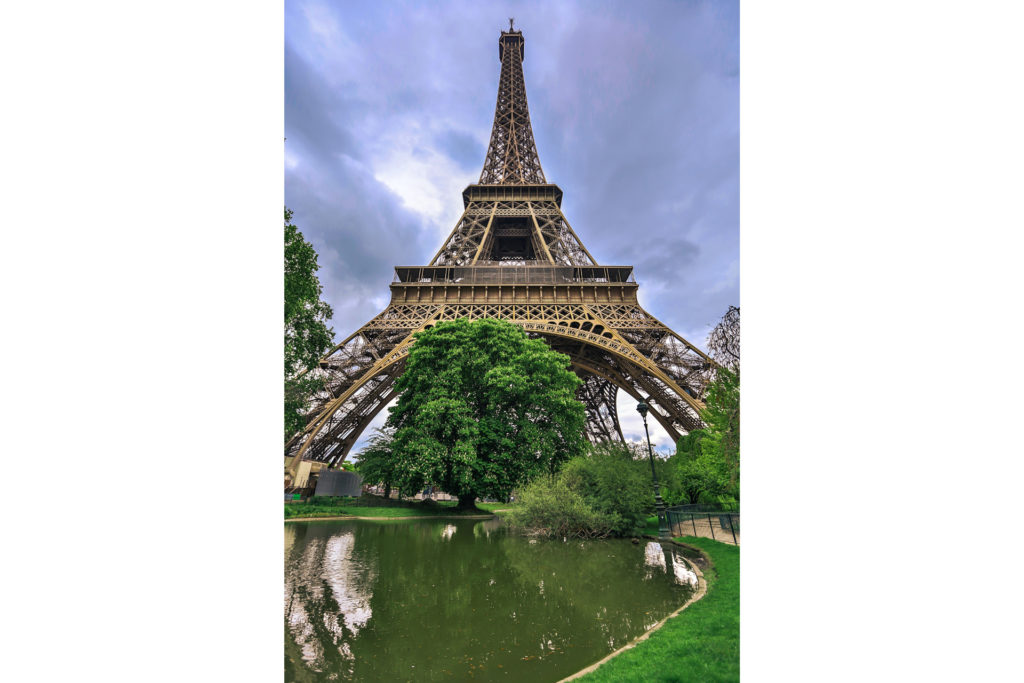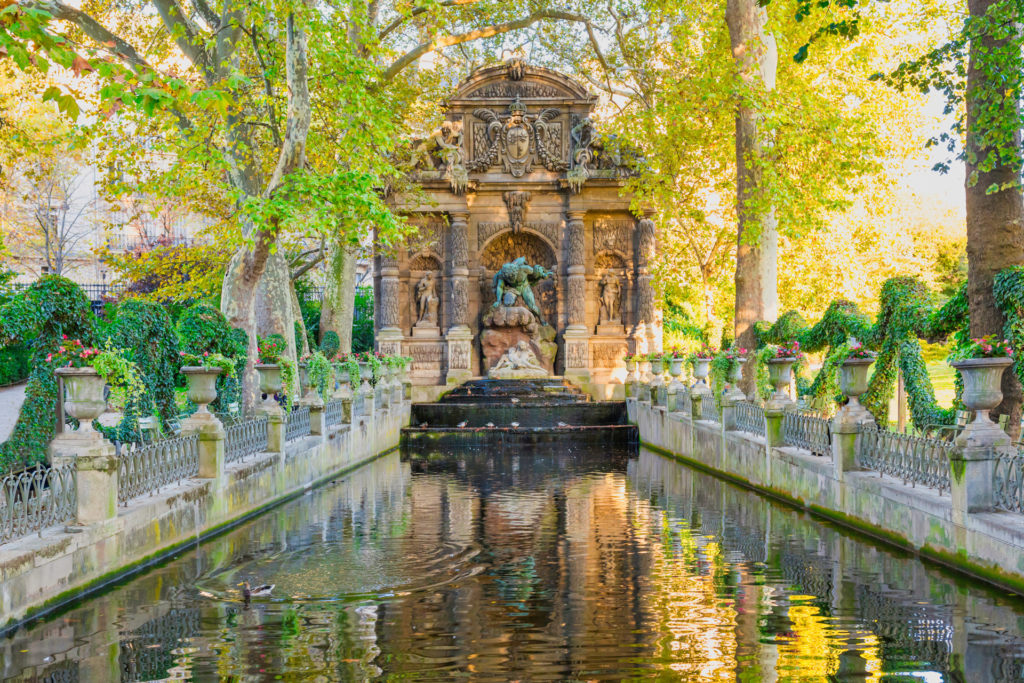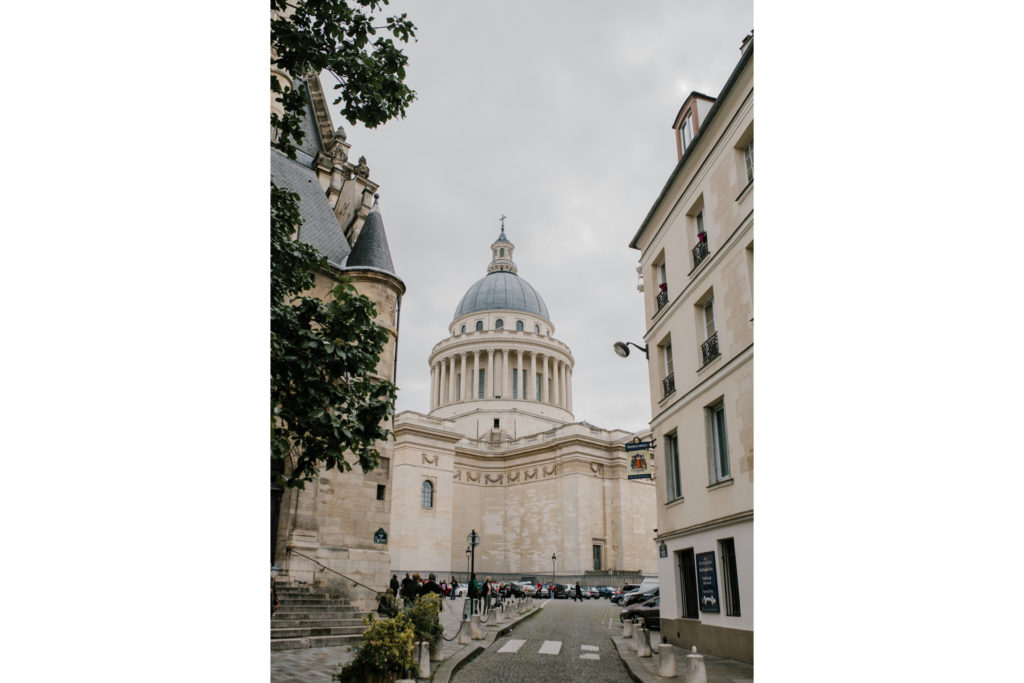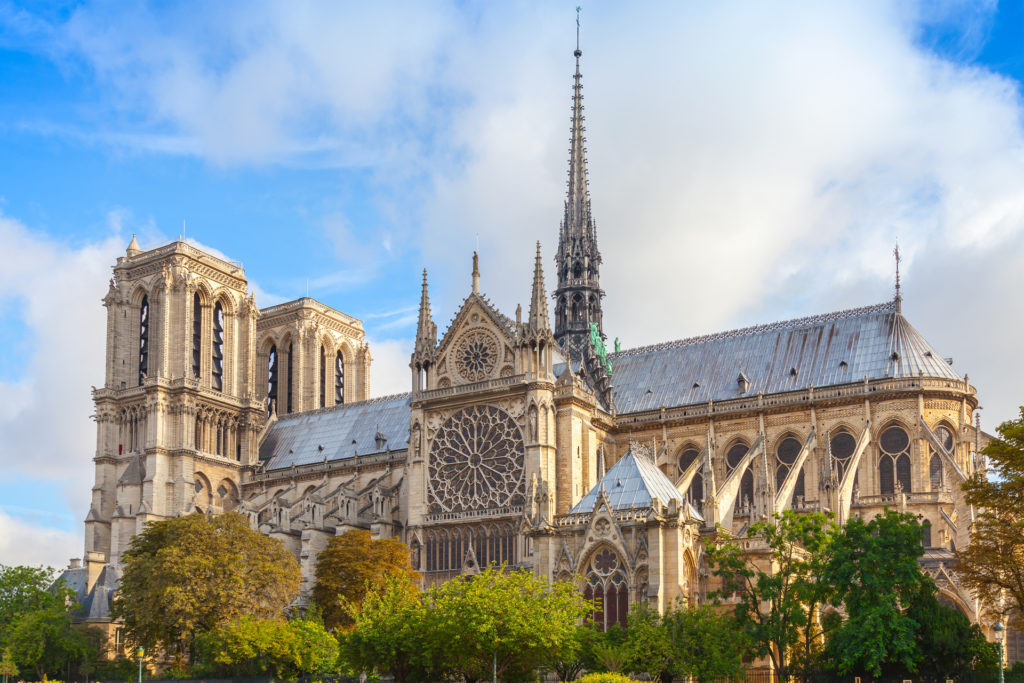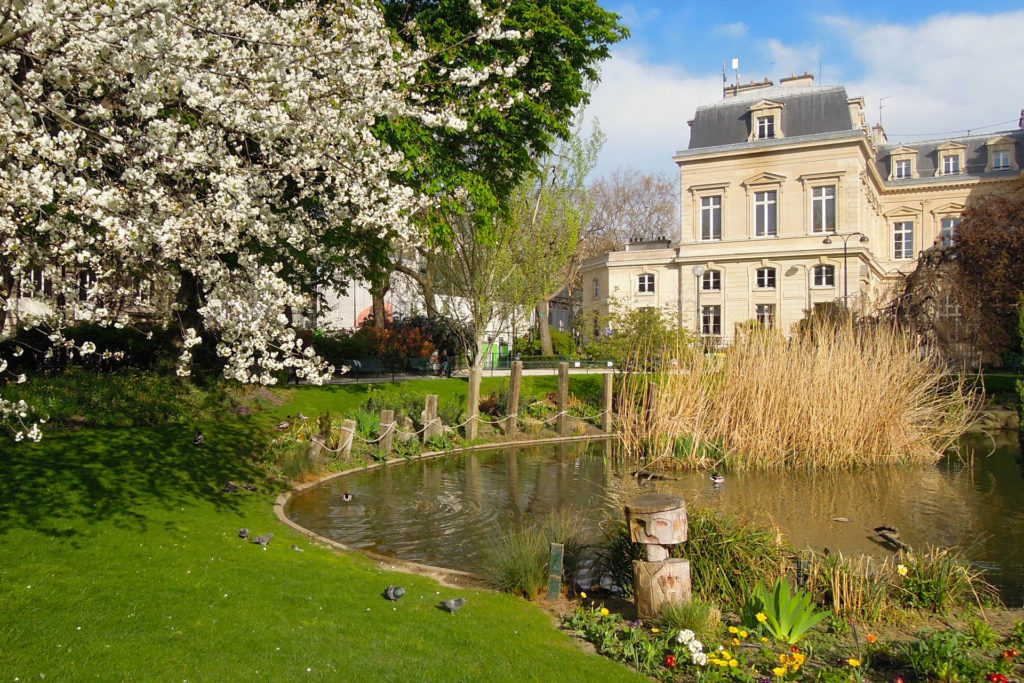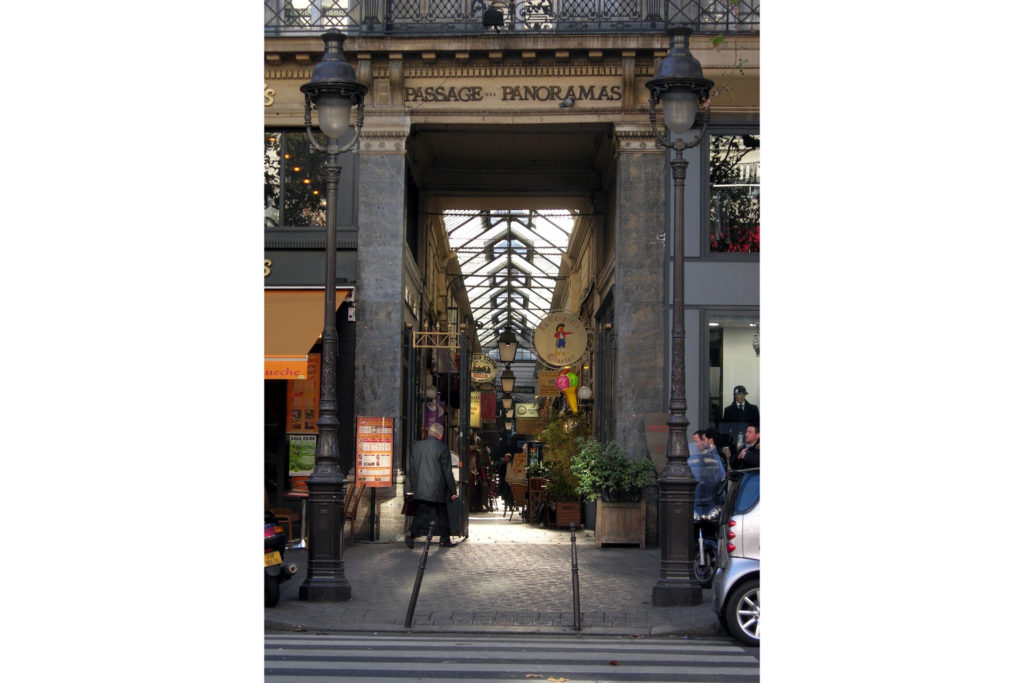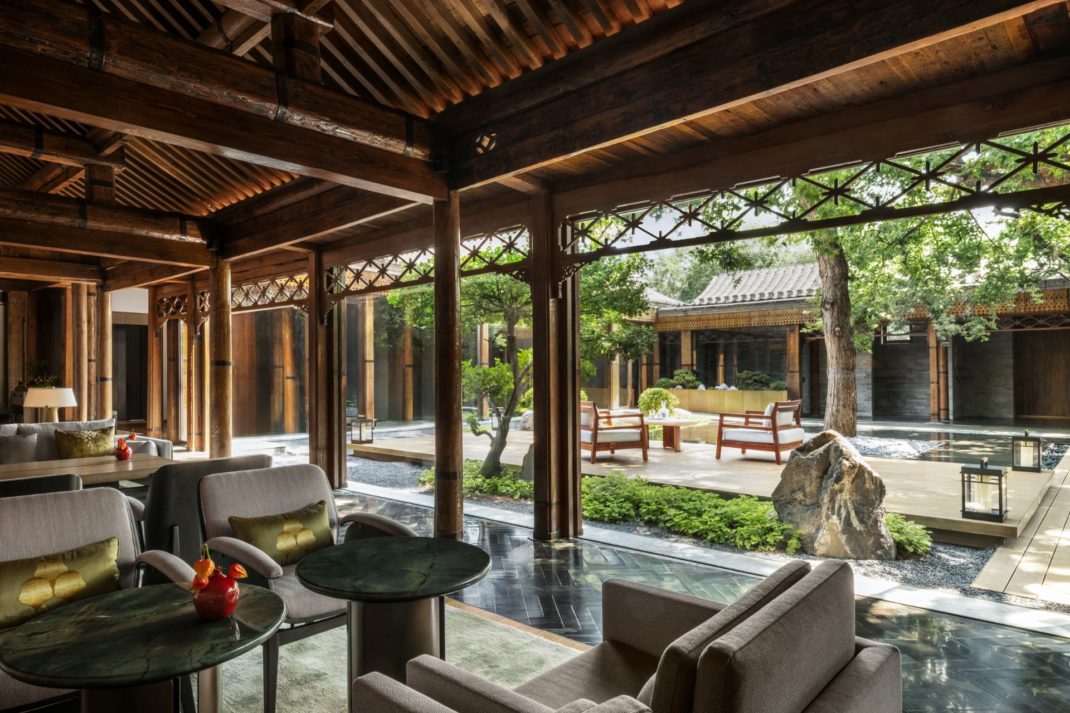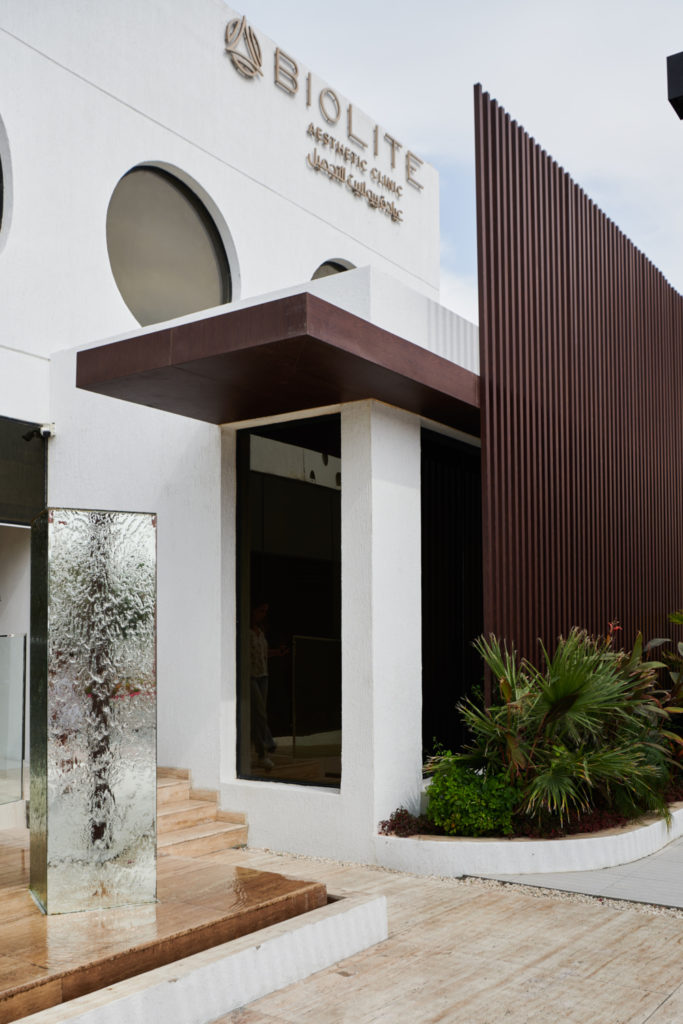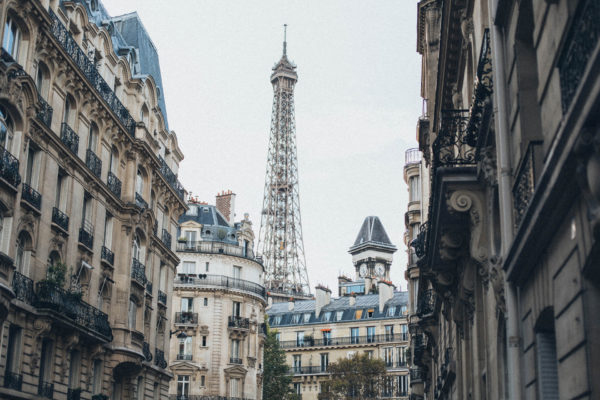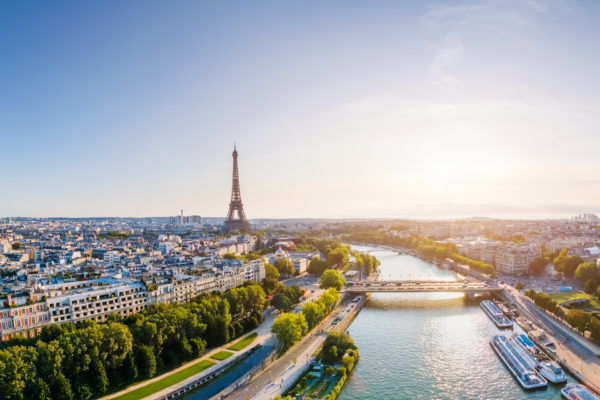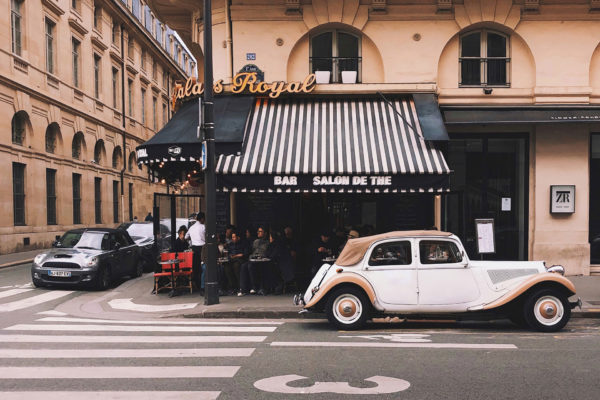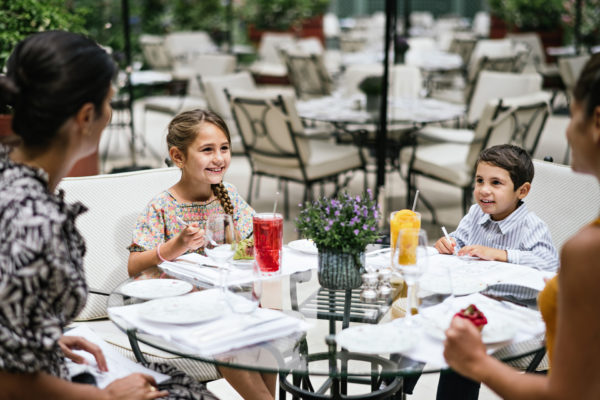A Guide To Paris’ Districts
By
1 year ago
Where to go in the city of light
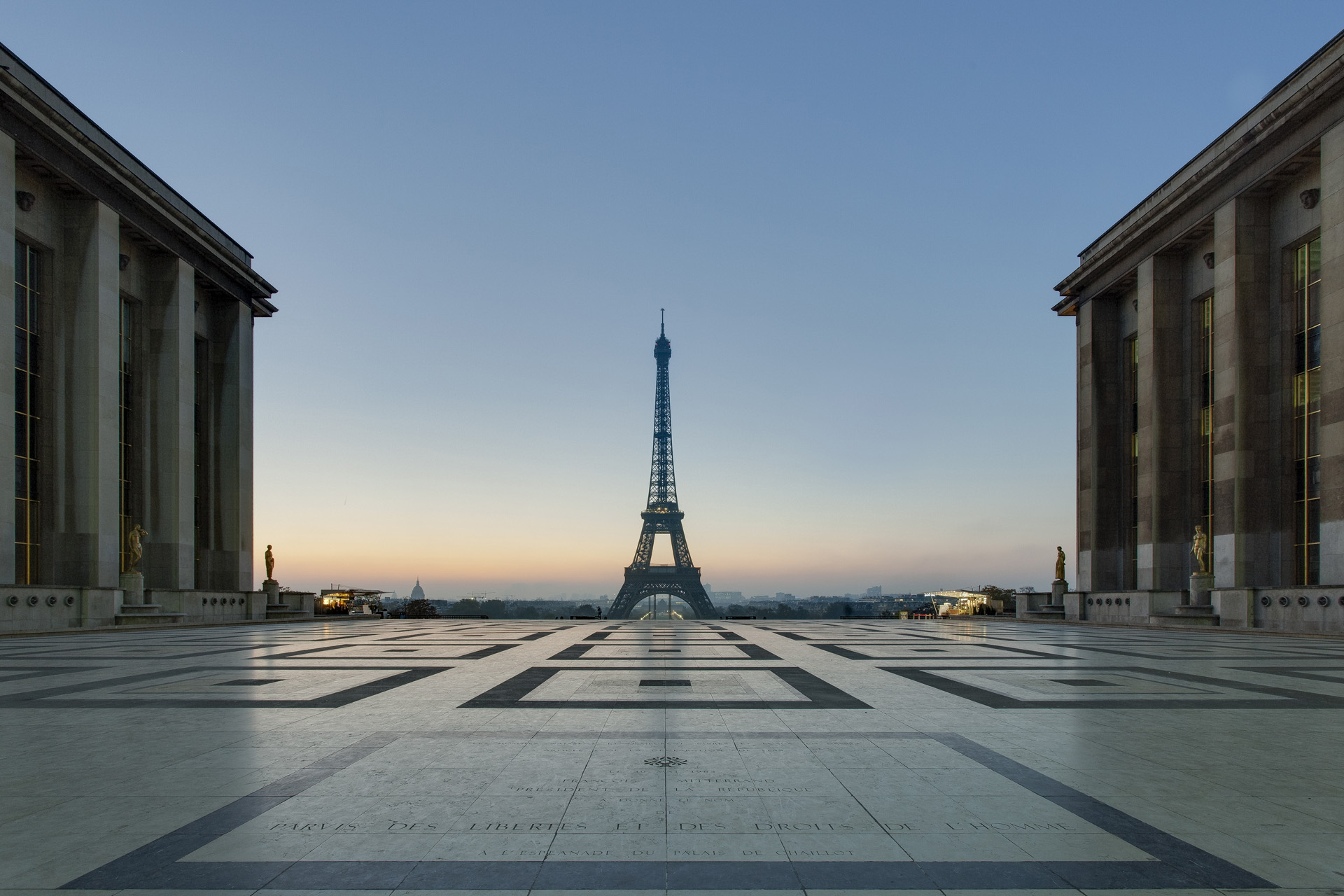
The city of love, lights and art has picked up some edge and coolness recently. Idyllic in the summer, autumn and spring – and magical in the festive season, too – it seems like everyone has travelled to Paris in the last year. And, when the Eurostar makes the city so accessible from the UK, it’s getting harder to deny the old adage: Paris is always a good idea. But where are the cool areas? Where should foodies go? Where should you visit for the most quintessential Paris experience? We’ve compiled this Paris area guide to demystify the city’s 20 arrondissements (‘districts’), and help you compile the ultimate Paris holiday.
Read the C&TH Responsible Tourism Guide
Paris Area Guide: The Best Places To Explore
How Many Districts Does Paris Have?
The city of Paris is divided into 20 arrondissements (or ‘districts’), arranged in a clockwise spiral pattern from the centre of the city outwards, often likened to a snail shell. The arrondissements are known by their number but, as well as this, arrondissements are known by a name, often the name of a monument within the arrondissements.
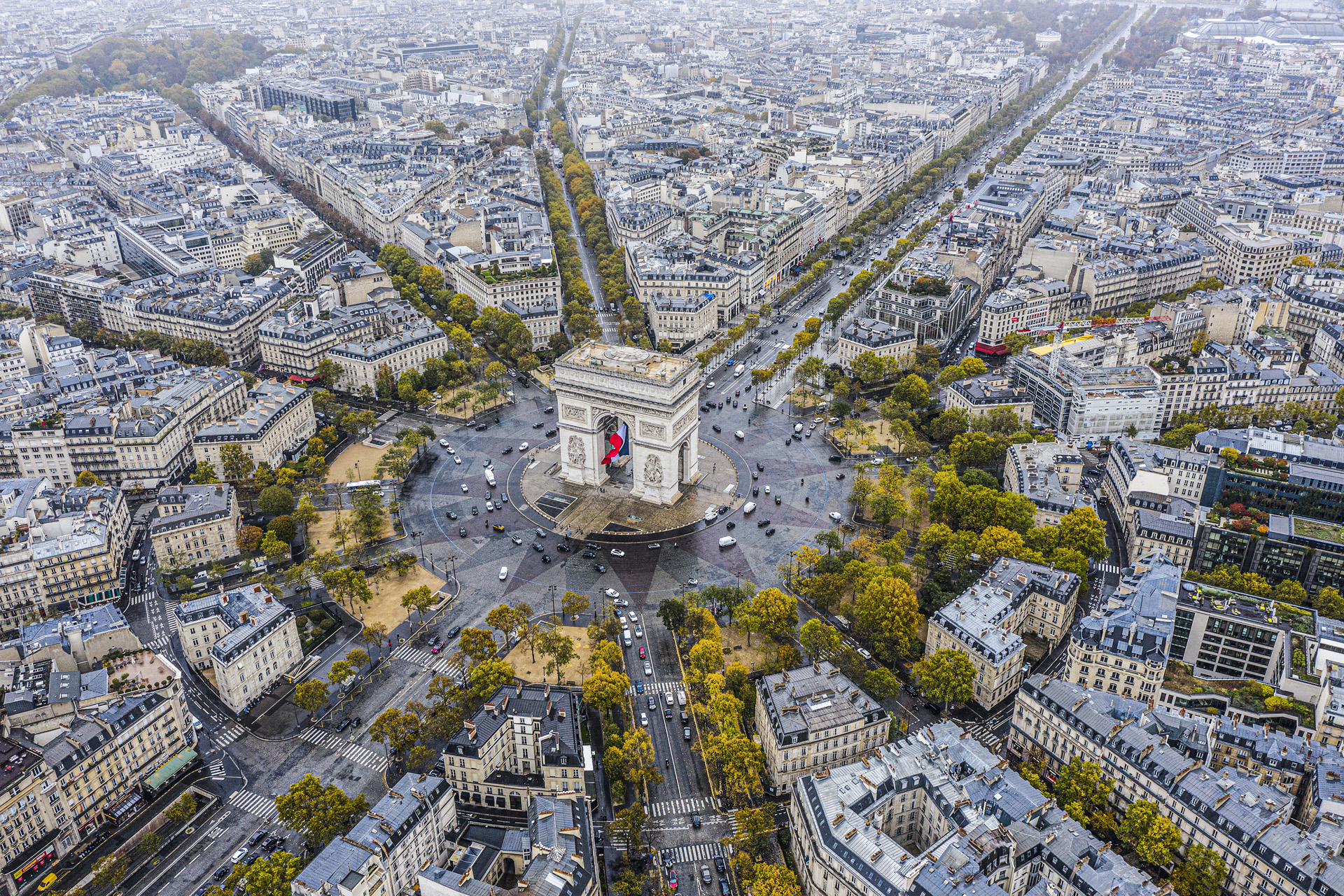
Arc de Triomphe (c) Getty.
Paris Neighbourhoods: The Names To Know
Despite the comparatively rigid segmentation of the city (each arrondissement has its own mayor, too), many Paris neighbourhoods sprawl across district boundaries and seep into one another – so there’s more to know than just the arrondissements…
Rue Montorgreuil: 1st & 2nd arrondissements. A semi-pedestrianised street lined with eateries and cool shops.
Île de la Cité & Île St. Louis: 1st & 4th arrondissements. The two islands of Paris, connected to the rest of the city by bridges, host the Notre Dame Cathedral and pretty gardens to watch the boats float by on the Seine.
Le Marais: 3rd & 4th arrondissements. Once aristocratic, then a bit run down, and now definitely chic again, Le Marais is Paris’ most fashionable quarter, and well-known today as the city’s gay area, with plenty of LGBTQIA+ friendly venues.
Latin Quarter: 5th & 6th arrondissements. On the left bank and arranged around the Sorbonne, the Latin Quarter is busy with students and cute cafes.
Saint-Germain-des-Prés: 6th arrondissement. Literature lovers flock here for its ties to literary and artistic celebrities throughout the 19th and 20th centuries. There’s plenty of lovely cafes, book shops and publishing houses, too.
Pigalle: 9th & 18th arrondissements. Arranged around the Place Pigalle, Pigalle has quickly become one of Paris’ hip areas, regenerating from its previously seedy image (it was even nicknamed ‘pig alley’ in WW2). Here find a vibrant music and art scene and the world-famous Moulin Rouge.
Canal Saint-Martin: 10th arrondissment. Once up-and-coming, now unrefutably cool, go for a stroll down the tree-lined Canal Saint-Martin and you’ll spot couples walking hand-in-hand, readers with legs kicking over the edge towards the water, hipster style coffee shops, and friends laughing in groups – very vibey.
Belleville: 10th, 11th, 19th & 20th arrondissements. Once an independent commune annexed from the city, Belleville (meaning ‘beautiful town’) remains tied to quaint old Parisian architecture, having been neglected during modernisation efforts. As a result, it is the place-to-be for artists, particularly street artists.
La Défense: 3 kilometres west of the city limits. Similar in kind to London’s Canary Wharf, this purpose-built business district is Europe’s largest – not to be mistaken with the more central business district in the 2nd, 8th and 9th arrondissements.
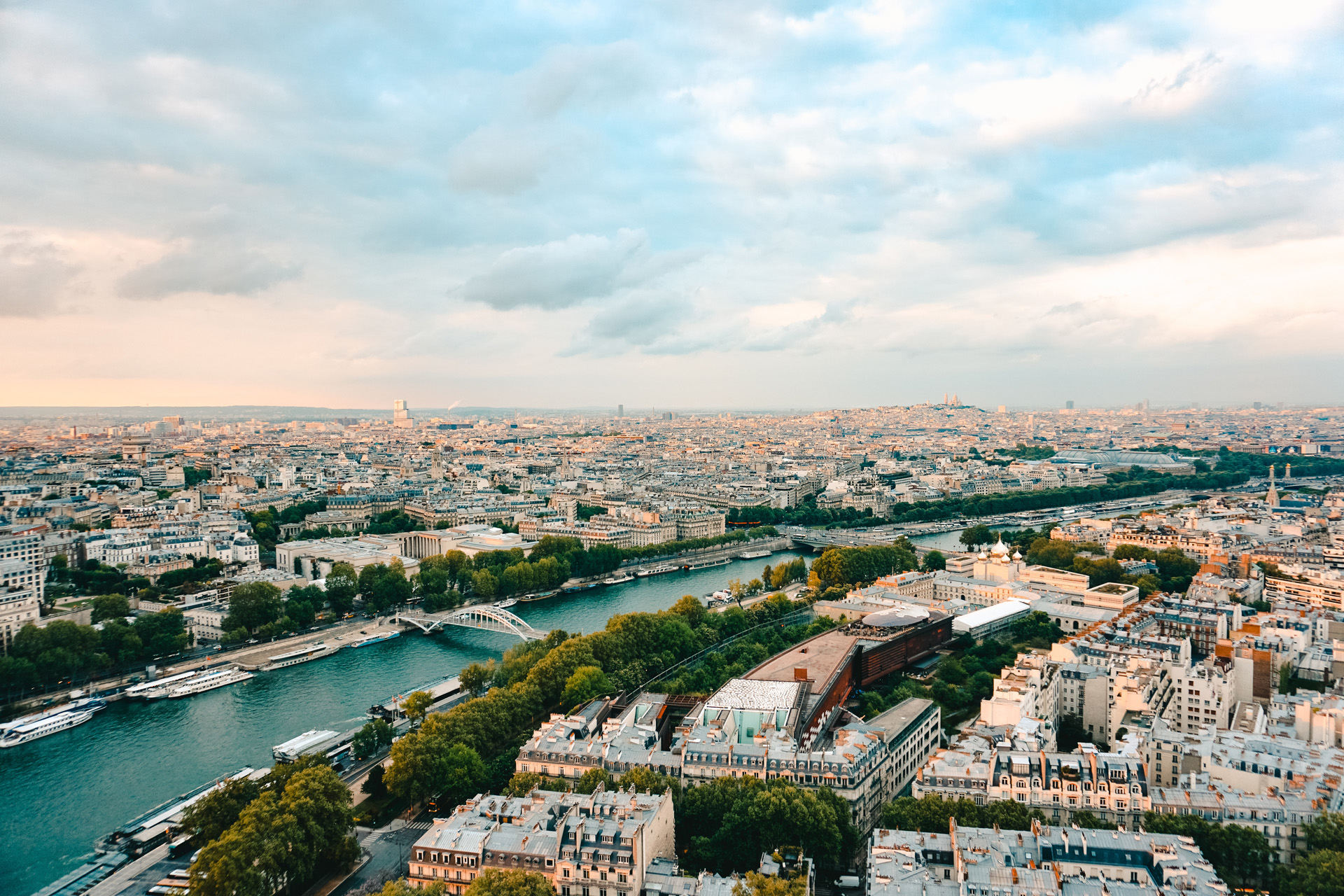
(c) Luke Webb via Pexels.
Which Is The Best Area in Paris For…
Food: Haute foodies should head to the 8th arrondissement, where Michelin stars abound amid the Champs-Élysées bustle – particularly Ledoyen, led by Yannick Alléno and one of the city’s oldest restaurants. If you’re looking for one of the world’s best restaurants, Paris plays host to three: Septime in the 11th, Arpège in the 7th and Le Clarence in the 8th.
Drinks, bars and nightlife: Pigalle is the place to be if you’re craving cocktails in Paris. Spread across the 9th and 18th arrondissements, Pigalle has played a large role in adding edge to Paris’ character. Check out our full guide to Pigalle for more nightlife inspiration.
Classic French patisseries: As well as streets, cafes and bookshops oozing with literary history, Saint-Germain-des-Prés is the best place in Paris to find delicious sweet treats.
Designer shopping: Designer lovers should head to the Rue du Faubourg Saint-Honoré, a street in the 8th studded with flagship designer shops, including Versace, Hermes, and Saint Laurent. However, keep your eyes peeled for some hidden gems – trendy boutiques and concept stores abound here, too.
Vintage shopping: Le Marais is a fool-proof destination for a spot of vintage shopping, but try RoseMarket Vintage in the 9th for luxury pieces, and the Marché aux Puces de Saint-Ouen (a giant flea market) on the northern edge of the city for antiques.
Art galleries: Away from the thoroughly beaten track of the Louvre, Le Marais is the place to be when it comes to art galleries, especially contemporary art. Find here Galerie du Marais, Galerie Sakura, and Hôtel Salé (home to the Picasso Museum) along with street art and pop-ups.
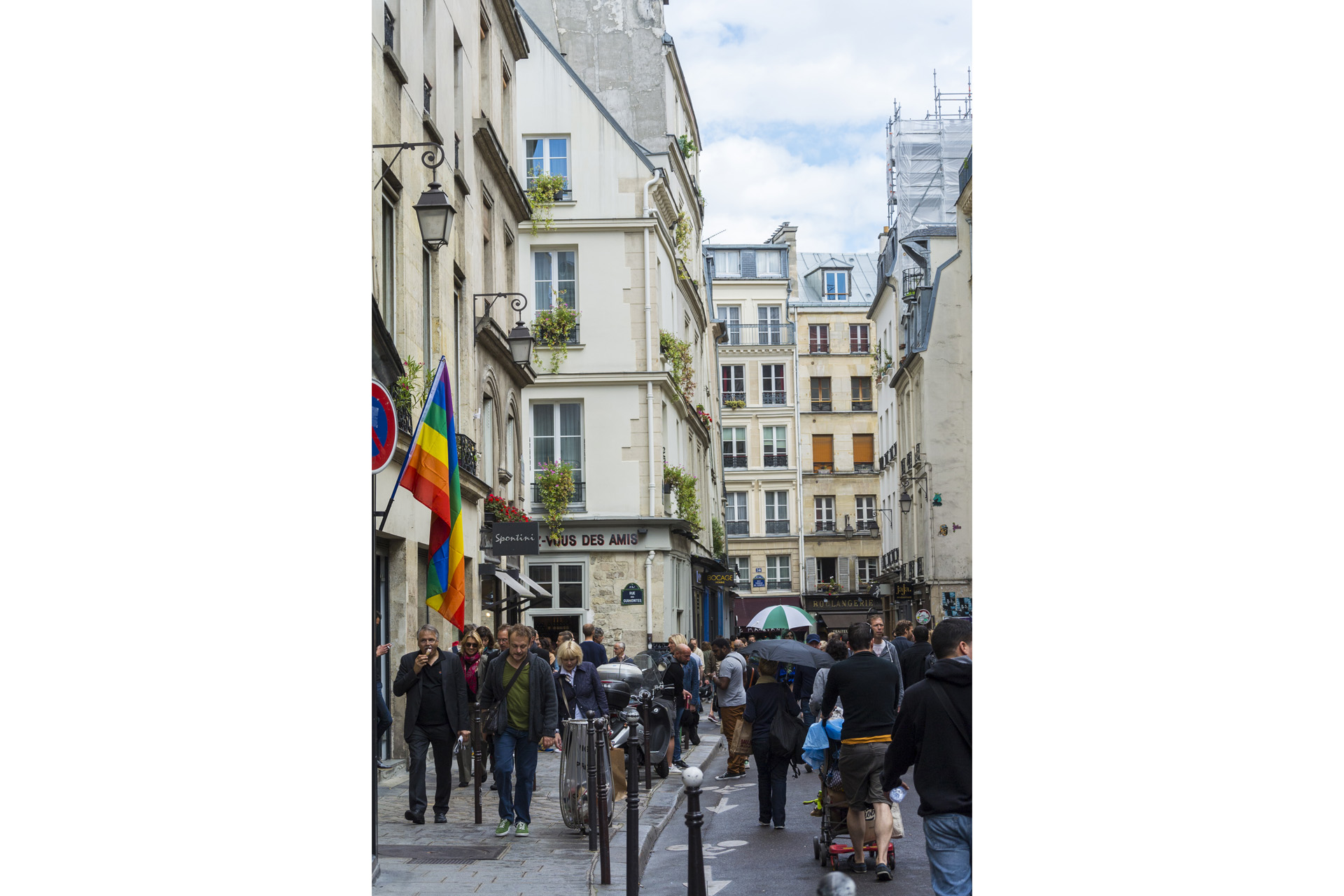
Marais, Paris (c) Getty.
The Break Down: Paris’ Arrondissements
Featured Image: Place de Trocadéro (c) Getty.

